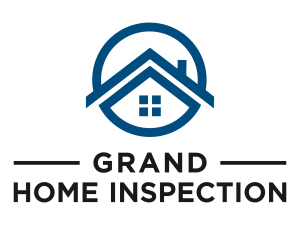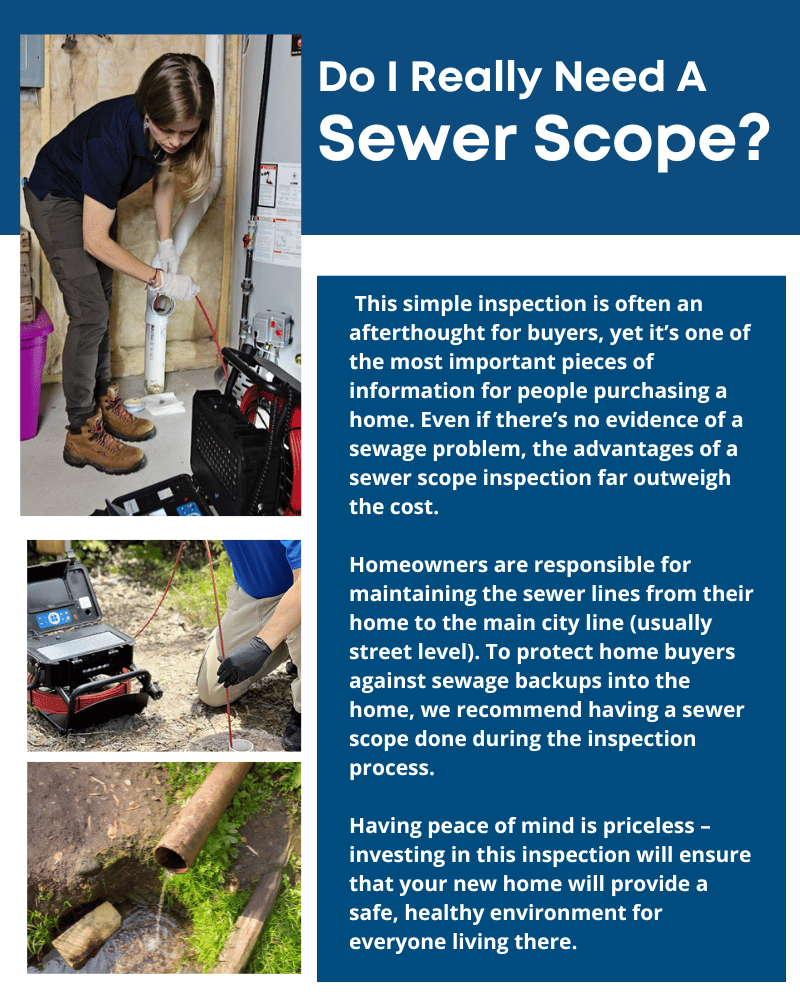Many homeowners don’t consider getting a wood-destroying organism (WDO) inspection unless they are selling their home. However, these are the inspections that protect your property from depreciation.
The WDO inspection benefits can never be understated. These inspections provide detailed and useful insights into your property to confirm if it’s ever been under a WDO attack. The inspectors will look for any signs of damage caused by these wood destroying organisms.
A thorough WDO inspection may look for termites, wood-boring beetles, carpenter ants, and decay fungi. The inspectors will trace down every aspect from the entry points to the extent of damage caused by WDOs.
On the other hand, if you leave your place unchecked for these pesky little pests, they can undermine the structure and market value of your home. So why risk it all in the first place?
That’s why Grand Home Inspection is here to take you through the process of what is a WDO inspection. And what are the potential WDO inspection benefits.
So, without any further ado, let’s get started with
What is a WDO Inspection
A wood-destroying organism (WDO) inspection is a detailed visual examination of your home for the attack of these organisms. Your professional inspectors will examine the wooden structural components for any signs of damage. Caused by termites, wood-boring beetles, carpenter ants, and decay fungi. They aim to identify if and to what extent WDO infestation or rot is impacting your property.
Types of WDO Inspected
There are a few common categories of wood destroyers and decay that your certified WDO inspectors will check for. They will look for different types of WDOs, such as termites, powder post beetles, carpenter ants, and more. Let’s see their details a bit.
Termites
These are some of the most notorious WDOs. The termites feast on cellulose material like wood and plant fiber. They bore intricate tunneling passageways and can severely compromise structural integrity. Your inspectors will track down all the entry points, termite colonies, and the damage they have caused.
Powder Post Beetles
These wood destroying insects produce a fine powdery frass that gives away their presence. Their larvae feed and develop within the wood, causing surface pits and holes. The inspectors will look for the signs of the damage caused by powder post beetles.
Carpenter Ants
Unlike termites, carpenter ants don’t actually eat wood. But they burrow into it to create nesting galleries that can weaken beams, floors, and walls. The inspectors will look for sawdust or weakened structures to identify these carpenter ants.
Brown Rot Fungi
A fungal decay causes wood to crack along the grain, appear brown, and develop a cube-like texture in advanced stages. The inspectors will look for the brown rot fungi and the signs of damage it causes.
White Rot Fungi
This rot manifests via light-colored fungal threads called mycelium. It causes wood to appear bleached, spongy, and stringy when scraped. The inspectors will take note of these details when looking for white rot fungi.
Process of WDO Inspected
A standard WDO inspection involves visually examining both the interiors and exteriors of a home. The inspectors will look for damage in all the accessible areas. They’ll examine foundation walls, piers, subfloors, beams, joists, and wood detailing elements. They’ll also check the moisture-conceiving conditions that can invite termites and other pests to feed on your home.
Your Inspectors may use small picks and probes to look for hidden tunnels and galleries. Their assessment includes areas like basements, crawlspaces, attached slabs, and surrounding yards. They may also use cutting-edge methods such as moisture meters.
The experienced inspectors will determine the type and severity of any organisms found. After the inspection process, the inspector will hand over a detailed report on their findings.
Mostly, WDO inspections take 1 to 3 hours, depending on the size and complexity of your home. If you want to stay on top of any issues, we recommend getting annual WDO inspections.
WDO Inspection Benefits for Buyers
The WDO inspection benefits include everything in your favor as a home buyer. From detecting any property damage to preventing it, you can take everything under control. Before things get out of your hands. Let’s discuss each of these WDO inspection benefits in detail.
Early Detection Of Damage
Getting an annual WDO inspection will help you identify the infestations of termites and other types of WDOs. By conducting a thorough inspection, you will have a chance to stop these wood destroying organisms from spreading extensively. You can limit these organisms from penetrating deeper into any structural components.
When you catch these issues in their initial stages, the damage is minor and visible on the surfaces. You will have to spend less time and money on treatments and remediation.
Prevent Structural Damage
If you leave these wood-destroying insects and fungal decays unchecked, they can compromise your home elements as well as marketability. They can damage flooring systems, wall frameworks, and even roofing elements.
What starts as superficial surface damage can become outright structural failure. If the weakened areas are left to spread under weight-bearing wooden elements. This may include structures like sill plates, joints, rafters, and decking. When you conduct routine WDO inspections, you can reinforce the integrity of these wooden structural members in the long run.
Maintain Aesthetic Appeal
In addition to structural concerns, wood destroying organisms can also detract from the outward appearance of your home. If the damage is left unchecked behind walls or under finishes, it can ruin the aesthetic appeal of your place. For instance, fungal decay can cause unattractive cracking, soft spots, and staining over time.
On the other hand, when you conduct regular inspections, you can catch these issues before they mushroom into major eyesores.
The Bottom Line
Not only do WDO inspections reveal existing damage, but they also speak to conditions conducive to future infestations. This may include excessive moisture, poor drainage, wood-soil contract, and inadequate venting.
The inspectors will provide maintenance suggestions to remedy these situations. And addressing these improves prevention and makes repeat inspections less concerning.
We discussed everything in detail from the process of what is a WDO inspection to the WDO inspection benefits. Scroll through our blog section to learn more about inspections.

